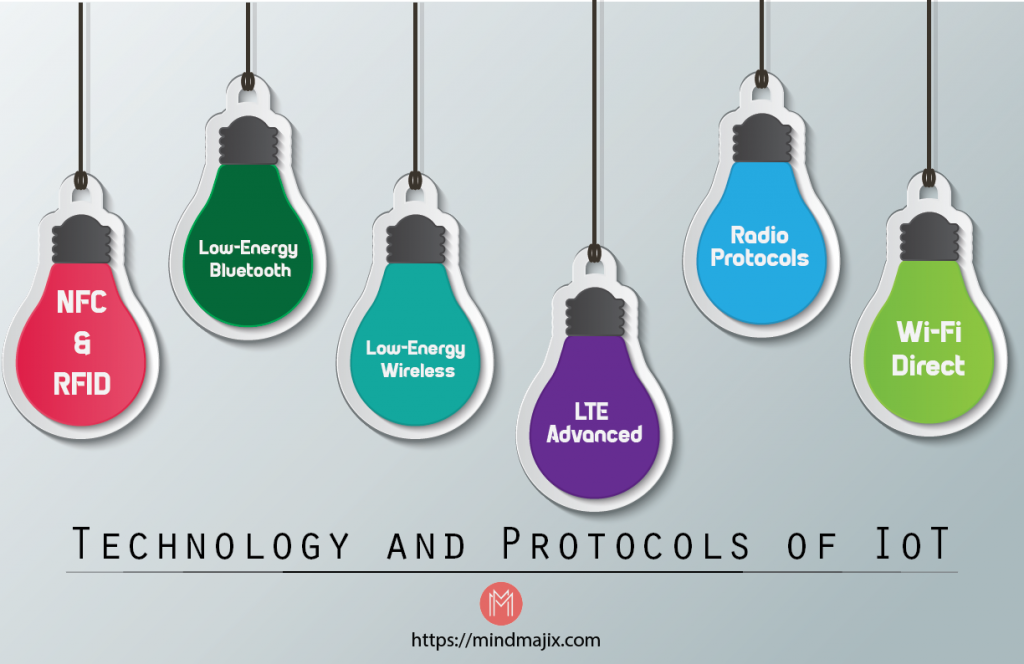The term “Internet of Things” – generally called IoT has been talking of the town for the last couple of years and is greatly considered as the next big thing in home automation technology. IoT is an ecosystem of physical objects — appliances, equipment, vehicles, devices and many other that exchange data through the internet without any human interaction.

Systems like Google’s Home and Amazon’s Alexa have already begun to acquire a space in most of the homes across different countries and the numbers are surging significantly. With advanced features like voice interaction, playing requested songs, setting alarms, making to-do-lists, and providing information about weather – these technological advanced smart systems are reshaping the future of digital landscape.
Apple recently launched HomePod – a technologically advanced speaker delivering high-fidelity audio in addition to some other smart home features as offered by Amazon’s Alexa. Samsung has also announced its plans to launch systems based on Bixby technology in the coming years.
As per a technology intelligence report, a whopping $6 trillion will be invested on IoT solutions in the upcoming years. Also, the report calculated that the total number of IoT devices touched the milestone of 8.4 billion in 2017 and is expected to rise up to 30 billion by 2020.